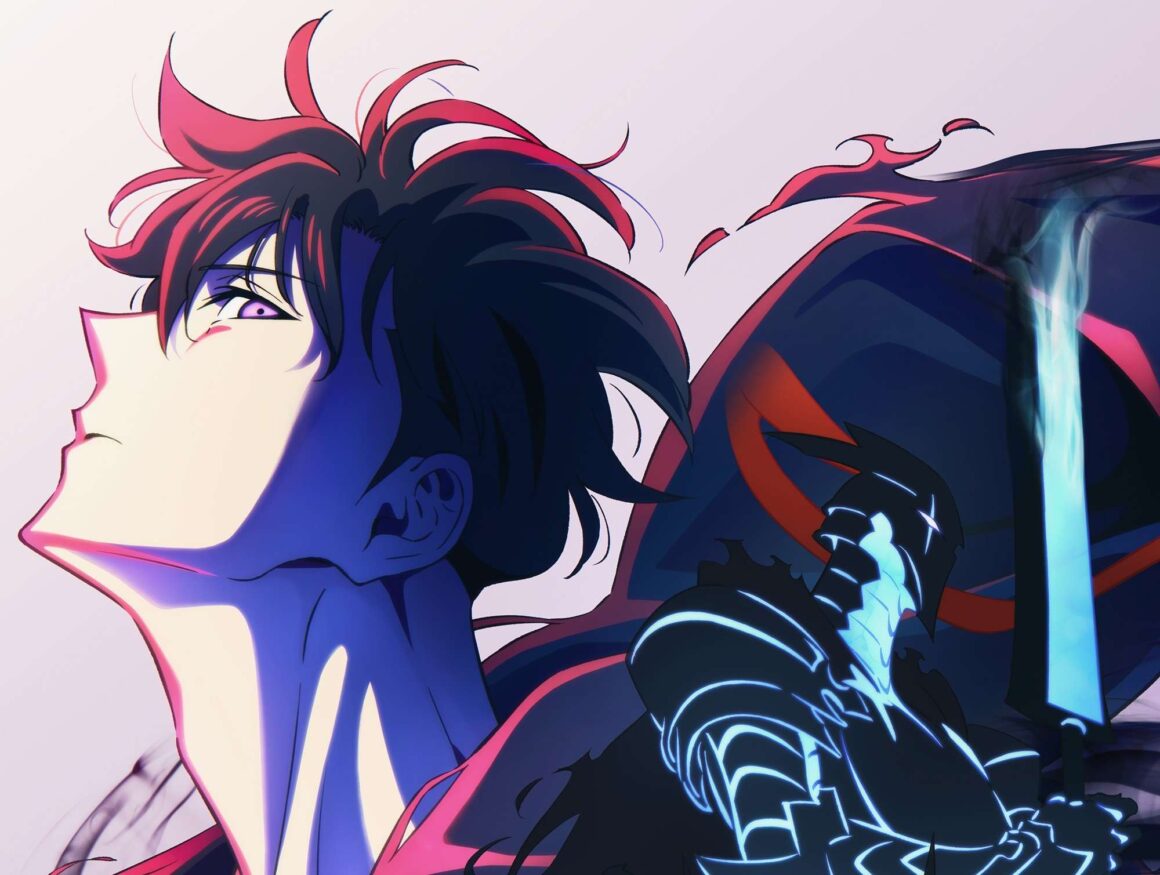It’s a little odd that Solo Leveling, one of the biggest anime in the world right now, barely made a dent in Japan. While it dominated global streaming charts and took home the 2025 Crunchyroll Anime of the Year award, its reception in Japan has been lukewarm at best. According to producer Atsushi Kaneko, even the production team was caught off guard by how muted the domestic response was compared to the international hype.
So What Happened?
The simple answer is that Japan didn’t see Solo Leveling as anything special. In a crowded market flooded with new releases, the series was viewed as “no different from any other anime.”
The concept of a lone hunter leveling up in a dungeon-based system may feel fresh to Western audiences, but it follows tropes that Japanese viewers are already familiar with. In that context, Solo Leveling simply didn’t stand out.
There’s also the matter of marketing. Much of Solo Leveling’s promotion was funneled through Crunchyroll and other international platforms. It was clearly targeted at global audiences rather than the domestic Japanese market. Without an aggressive local push, and with more resonant titles like Black Butler or Uma Musume grabbing attention, Solo Leveling faded into the background.
The Complicated Legacy of Its Source Material
Of course, marketing strategies aren’t the only reason Solo Leveling struggled in Japan. Its origin as a Korean webtoon comes with historical and cultural baggage.
The original Solo Leveling manhwa includes plotlines that portray Japanese characters in a negative light. When the manwha was adapted into anime, there were multiple changes made to appease Japanese audiences. Certain character names, locations, were altered to smooth over tensions and avoid backlash.
That level of localization is rare for anime aired in Japan and speaks volumes about how sensitive the situation is. These changes were meant to make the show more palatable, but they may have also made it feel inauthentic. For some Japanese viewers, the story was just another action-fantasy anime with nothing particularly compelling. For others aware of the alterations, it felt like a watered-down version of something that was never meant for them.
Korean Identity vs. Japanese Expectations
Solo Leveling is a Korean story. Its characters, its worldview, and even its pacing are shaped by webtoon and K-drama traditions. That’s part of what makes it exciting for international audiences who are hungry for something different.
Japanese anime and manga fans tend to favor homegrown content. While anime isn’t strictly xenophobic, the domestic market leans heavily toward titles that reflect its own cultural values and aesthetic. Foreign works, particularly those that subtly critique or reframe Japan’s role in fictional conflicts, can feel alienating or even confrontational.
It’s not that Japanese viewers can’t appreciate Korean media. K-dramas, K-pop, and certain Korean films have found sizable fanbases in Japan. When it comes to anime, which is still considered a core part of Japanese cultural identity, there’s less room for outsiders. Especially if that outsider used to depict Japan as the villain.
Other Anime That Fared Better Outside Japan
Solo Leveling isn’t the first anime to struggle in its country of broadcast while thriving abroad. In fact, there’s a whole club of titles that found their true audience overseas.
The Big O was a flop in Japan but became so popular in the U.S. that Cartoon Network helped co-produce a second season.
Trigun never made much noise domestically, but its Western fanbase kept it alive well into the 2010s.
Even Naruto: Shippuden, the spin-off to one the most iconic shonen series ever, consistently ranked higher abroad than in Japan during its later seasons.
Other shows that saw disproportionate Western success include Cowboy Bebop, Vinland Saga, Highschool of the Dead, and Buddy Daddies. In many cases, these series were renewed or expanded specifically because of overseas demand.
Global fandoms are now major drivers of anime profitability. Streaming platforms, merchandising, international licensing, and social media discourse all play a role in shaping what gets made and what keeps going.
Will Japan’s Cold Reception Hurt Solo Leveling?
Probably not.
While Japanese sales and viewership numbers are still important for most anime, Solo Leveling is operating on a different scale. It’s the most-watched anime in Crunchyroll’s history, and it has dominated international fan conversations since day one. Blu-ray sales may be low in Japan, but the global revenue from streaming, merchandise, and licensing easily makes up the difference.
The production team clearly knows where the real momentum is. Season 3 is already in the works, and fans are eagerly waiting. As long as the Western fanbase stays engaged, Solo Leveling will keep leveling up, regardless of what Japan thinks.
The anime industry isn’t just local anymore. Sometimes, the biggest stories aren’t the ones told at home, they’re the ones that resonate everywhere else.






